
The Thomas-Morse MB-3 was an open-cockpit biplane fighter primarily manufactured by the Boeing Company for the U.S. Army Air Service in 1922. The MB-3A was the mainstay fighter for the Air Service between 1922 and 1925.

The Curtiss F7C Seahawk was a carrier-capable biplane fighter aircraft of the United States Navy Marine Corps in the late 1920s and early 1930s.

The Boeing XP-7 was a prototype United States biplane fighter of the 1920s.
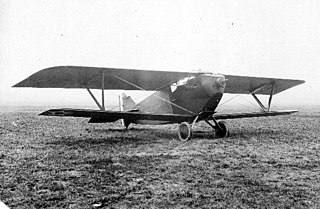
The Aeromarine PG-1 was an American single-seat pursuit (fighter) and ground attack (PG) biplane developed by the Engineering Division of the United States Army and manufactured by the Aeromarine Plane and Motor Co..
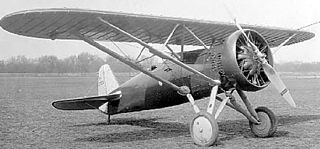
The Boeing XP-15 was an American prototype monoplane fighter.
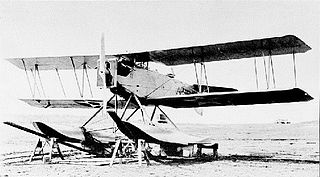
The Aeromarine AS was a seaplane fighter aircraft evaluated by the US Navy in the early 1920s.

The Curtiss 18T, unofficially known as the Wasp and by the United States Navy as the Kirkham, was an early American triplane fighter aircraft designed by Curtiss for the US Navy.

The Dewoitine D.19 was a fighter aircraft built in France in 1925 in response to a French Air Force solicitation.

The Nieuport-Delage NiD.29 was a French single-seat biplane fighter designed and built by Nieuport-Delage for the French Air Force.

The Curtiss HA was an American biplane seaplane designed by Captain B.L. Smith of the United States Marine Corps, and built by Curtiss Aeroplane and Motor Company.

The Curtiss PN-1 was an American single-seat night fighter biplane built by Curtiss Aeroplane and Motor Company using blueprints from the Engineering Division of the United States Army Air Service.

The Curtis XF13C was a carrier-based fighter aircraft built by Curtiss Aeroplane and Motor Company.
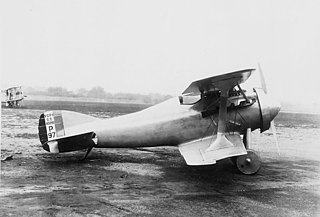
The Verville VCP was an American single-engined biplane fighter aircraft of the 1920s. A single example of the VCP-1 was built by the United States Army Air Service's Engineering Division, which was later rebuilt into a successful racing aircraft, while a second, modified fighter was built as the PW-1.
The Gabardini G.8 was an Italian single-seat aircraft produced in both fighter and trainer versions by Gabardini in 1923.

The Curtiss P-37 was a fighter aircraft made by Curtiss-Wright in 1937. A development of the Curtiss P-36 Hawk, the P-37 never entered production.
The Bernard 260 C1 was a French all-metal, single-engine, low-wing monoplane with an open cockpit and fixed undercarriage, designed to a government single-seat fighter specification issued in 1930. After extensive comparative tests the Dewoitine D.500 was ordered in preference, though the performances of the two aircraft were similar.

The Orenco B was a prototype American fighter aircraft of World War I. It was a single-engined, single-seat biplane that flew in 1918. Although it demonstrated good performance, it did not enter large scale service.
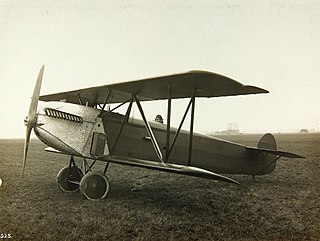
The Fokker D.XII was a Dutch single seat, single engine fighter aircraft designed to an American specification which called for the use of a Curtiss D-12 engine, designated PW-7. Despite considerable efforts to improve the airframe, Fokker failed to win the USAAS competition.

The Wibault Wib 210 C.1 was a single engine, single seat low wing monoplane fighter aircraft, designed and built in France in the late 1920s. Flight tests revealed vibration problems and development was quickly abandoned.
The Descamps 27 C1 was a single seat biplane fighter aircraft, built in France in 1919. It was unusual in having a forward swept lower wing. After competitive trials, the Nieuport 29 was chosen for production, so only one Descamps was built.




















